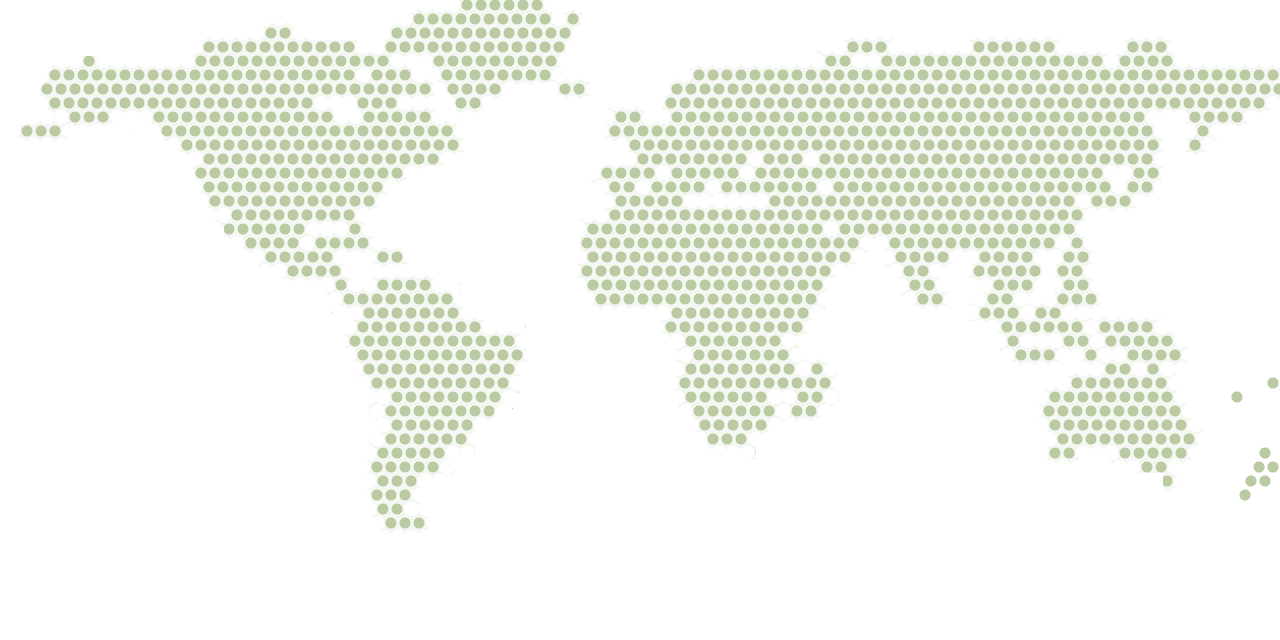Activity List
Activity List
CHALLENGETunisia has elaborated a new strategy for sustainable forests and rangelands management for the period 2015-2024, of which finalization and dissemination has been supported by a previous PROFOR activity through the organization of regional workshops and the achievement of an economic valuation of forests and pastoral lands degradation.The national strategy for the sustainable development of forest and rangelands aims to reconcile the conservation of forests and rangelands with socioeconomic development by promoting the involvement of community-based organizations and private owners…
Read More
CHALLENGEThe Philippines is committed to a comprehensive reform agenda for climate adaptation and resilience, with a strong focus on increasing forest cover. The Government’s flagship National Greening Program (NGP) aims to reforest 1.5 million hectares of land between 2011 and 2016. With PROFOR support, the Philippines and the World Bank are undertaking a study to better understand the roles that forests ecosystem services play in poverty reduction and enhancing climate resilience. Preliminary results demonstrate the importance of forests in providing benefits for subsistence and cash…
Read More
CHALLENGEForest Law Enforcement and Governance (FLEG) has been justified as a way of benefiting the poor by improving state revenues from forests, but the direct social impacts have not been given much attention.APPROACHTo help develop a better understanding of these impact, PROFOR supported a CIFOR review of community experiences in Bolivia, Cameroon, Canada, Honduras, Indonesia and Nicaragua. The final product of this work is the publication Justice in the Forest: Rural Livelihoods and Forest Law Enforcement.RESULTSThe results of the review show how the extent of forest-based livelihoods is…
Read More
CHALLENGENature-based tourism makes a significant contribution to exports, GDP, jobs, and poverty reduction in Kenya. But habitat loss, overcrowding at key tourist sites, depleting wildlife numbers, and the ever-present threat of terrorism have generated a perfect storm of problems for the sector. Recent population monitoring shows that long-term declines of many of the charismatic species that attract tourists – including lions, elephants, giraffes, and impalas - are occurring at the same rates within the country's national parks as outside of these protected areas. This is partly because…
Read More
South-South cooperation and knowledge sharing for REDD activities in Latin America and the Caribbean (LAC)CHALLENGEThe World Bank assists developing countries in their efforts to reduce emissions from deforestation and forest degradation (REDD) through loans and grants, including the Forest Carbon Partnership Facility. The Facility helps countries arrive at a credible estimate of their national forest carbon stocks and sources of forest emissions, define their baseline scenario, and develop a strategy to reduce emissions that takes into account country priorities and constraints.A forum for…
Read More
CHALLENGEThe widespread use of natural resources and exploitation of forests have left vast areas in Mozambique and Madagascar deforested and degraded. Population growth and climate change are aggravating these challenges. For example, in areas where land is increasingly degraded, crop yields are likely to stagnate or even decline, leading to additional pressure to expand agricultural production into marginal areas to accommodate population’s demands for food. Climate change is likely to further compound the challenge of managing landscapes and sustaining their ability to deliver development…
Read More
CHALLENGELarge-scale land acquisition and investments in agriculture attracted considerable interest in the wake of the 2007-08 commodity boom and the subsequent financial crisis. Some countries were concerned about their inability to provide food security from domestic resources. Other investors sought land as a hedge against inflation or for speculative gain. Agro-industrial investors had an incentive to increase the scale of their operations.This global 'land rush' is unlikely to slow given volatile global commodity prices, demand for biofuels, rising incomes, urbanization and population…
Read More
CHALLENGEAccording to the most recent forest assessment (FAO, 2005), the forest area in Lebanon is estimated at over 139,000 ha (13.3% of the country) with an additional 108,000 ha classified as Other Wooded Land (OWL). The FAO analysis shows that 85 % of the forest area in Lebanon is considered "disturbed", i.e. impacted by human activities, with about 14% of the forest area affected by past forest fires. About 60% of the forest area is privately owned, compared to 27% state owned and 11% owned by municipalities and communities, with only 3% of the area designated as nature reserves.Forests…
Read More
CHALLENGEWhat lessons can other countries of the world learn from successful examples of integrated watershed management in arid zones, rain-fed lowlands, and higher elevation sites in India? The World Bank's watershed management projects in Himachal Pradesh, Uttarakhand, and Karnataka are recognized as some of the leading examples for integrated watershed management in arid zones, rain-fed lowlands, and higher elevation sites. These projects combine participatory micro-watershed planning for soil and water conservation with broader livelihood support programs. Forests are a major part of…
Read More
CHALLENGEA World Bank-supported pilot project has demonstrated that several agrosilvopastoral technology innovations and systems developed and/or tested in Central America can be adapted to the Tugi (Gutah) Hills in the North West Region of Cameroon, resulting in the rehabilitation of degraded pasture lands, improved livestock productivity, increased income of the rural communities and reduced risk and vulnerability to climate change.The challenge now is to capture some of the lessons learned during the course of the Tugi Silvopastoral Project (TUSIP), a piloted South‐South Knowledge Transfer…
Read More









